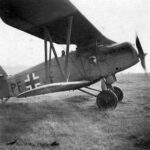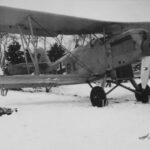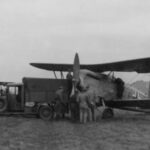Glider Tug Ar 65 Eastern Front
Ar65 PF-JF FFS A/B 4 1941
Ar 65 TP+BX
Ar 65E RX+AB
Ar65 and Bu131
The aircraft was developed in the late 1920s and early 1930s as a design to replace the Ar 64, with Eng. Walter Rethel serving as chief designer. Changes compared to the Ar 64 included, in addition to an increase in size, the replacement of the engine from radial to inline. The prototype, designated Ar 65a, was flown in 1931. Tests showed the need for minor design changes, including lowering the back of the fuselage to improve visibility and better counterbalance of the rudders. The aircraft so modified was flown as the Ar 65d. Although the weight of the new airframe increased, the aircraft showed good flying qualities, so it was decided to undertake serial production. Serial copies, built in Warnemünde, bore the designation Arado Ar 65E.
Between 1931 and 1936, some 181 copies of the Ar 65 E and F versions were produced. It was used for a short period in German aviation as a fighter aircraft, until it was replaced by the more modern Heinkel He 51. It was used by fighter units of I/JG 131, I/JG 132, II/JG 132, II/JG 134, I/JG 232 and dive bombers of I/StG 162. Later it was used as a training aircraft for fighter pilots. 12 Ar 65 aircraft were exported to Bulgaria, where they were used to train pilots.
It was successively withdrawn from service, in 1943 the last few were used to tow DFS 230 gliders. Its successor was the Arado Ar 68.




